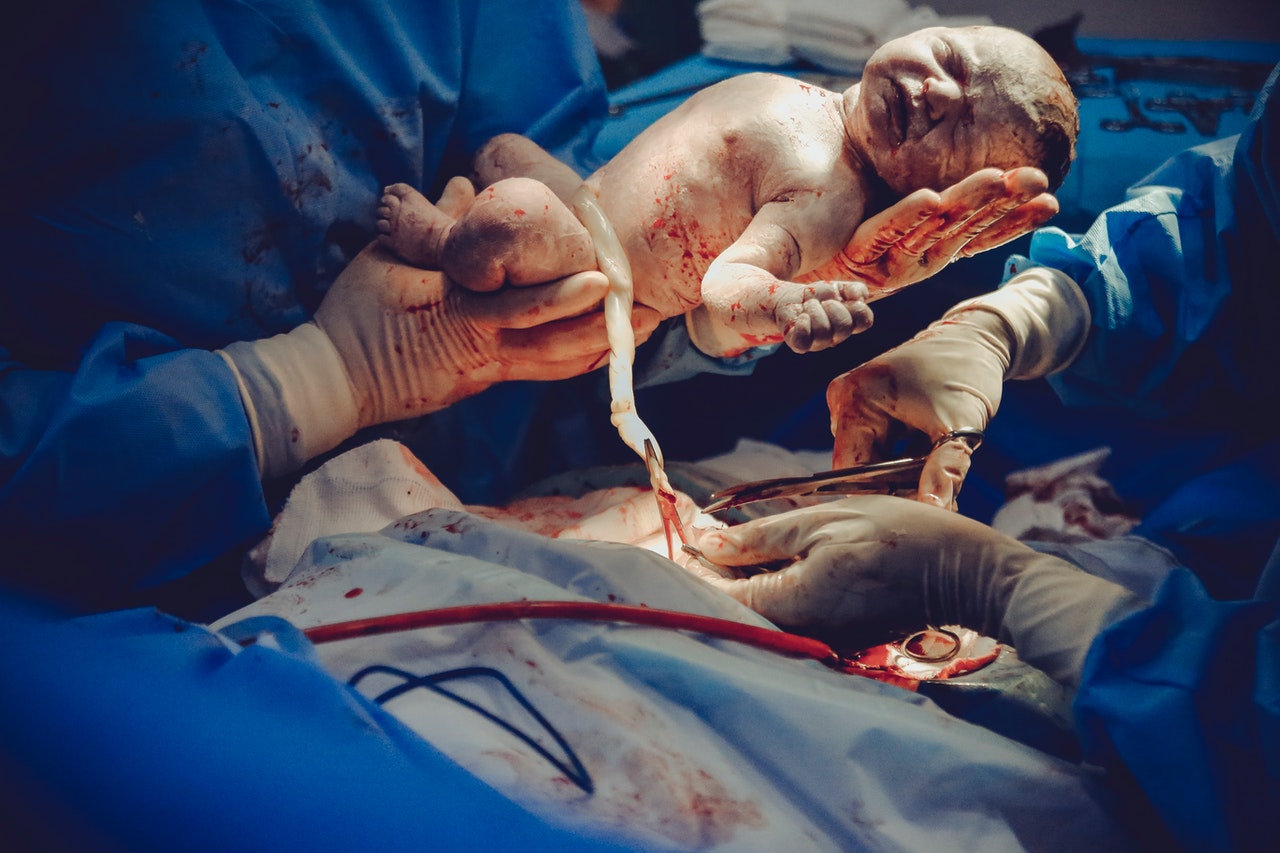In general, C sections are safer than any type of birth; however, this does not mean that they are entirely infection proof. The percentages are lower, and the infections are usually nor very severe.
What makes C sections less prone to infections is the fact that they are planned in advance. Together with the mother, the medical team has the time to make sure everything goes smoothly and according to plan.
However, cases of emergency C sections are more prone to infections due to the high-risk levels that can sometimes mean being one step away from death. Let’s find out more!

Types of Infections
There are generally three main types of parts where infections occur. These are the uterus, the belly, and the incisions.
This also means we can separate them into two categories: internal infections and scarring infection. They usually require treatment, and antibiotics are preferred.
Signs of Infections
When the body faces an infection, it gives us a lot of signs. Some of the most common are a high fever, abdominal pain, increased redness around the incision, swelling up, and discharge.
For an infection to develop, not all these symptoms have to happen, but they usually come in a pack.
Who is More Likely to Get an Infection?
Even if there is no right or wrong answer to this question, there are some factors that make a person more likely to get an infection.
A higher risk is presented to the women who have previously had a C section. In addition, mothers who suffer from obesity or diabetes are also more prone to develop infections.
A special category is people with penicillin allergies or those who are unsure of their allergies. This can prolong the time in which treatment is being administrated, and the infection can progress.
Scar Infection
This usually happens due to bacterial contamination in the incision site. The type of material that it is used for sutures can also affect the health of the wound.
The first signs of infection are usually a high fever, abdominal pain, and swelling. Unfortunately, infections usually appear after the patient has been released from the hospital, which makes it even harder to deal with.
When this happens, going to the OB is a must as it can cause severe damage and pain. Sometimes, the surgeon will have to open up the wound to clean it properly and also take samples to send them to the lab in order to identify what has caused the infection.
The two main bacteria that cause wound infection are staphylococcal or streptococcal. They cause wound abscess or wound cellulitis.
Treatment
Depending on the type of infection, one will have to take specific steps towards getting better. In the case of cellulitis, antibiotics prescribed by the OB should directly target the infection and help the healing process.
For abscesses, the healing and treatment process is slightly different as it requires different steps and care. The incision has to be opened up and deeply cleaned by the doctor.
Antiseptic is required, and the OB will have to check on it afterward to make sure everything is happening according to plan. Antibiotics and other medications will be prescribed, and it can take several days for the wound to heal.
Prevention
There is no guarantee that an infection will not occur. But despite that, there are steps to take for the best prevention possible and to reduce the chances as much as possible.
The best pre-surgery methods are to boost your immune system with vitamins and eat a healthy diet. Treating any conditions prior to the C section is also recommended.
The proper post-surgery care should be followed to keep the wound clean. Take the prescribed medication and make sure to monitor any symptoms that might indicate an infection.

Summary
Infections can be scary and challenging to handle, especially after just giving birth to a baby. This is why a woman should not be afraid or ashamed to ask for help and not add any more weight on her shoulder. Good communication with the medical team is the key to a healthy delivery and recovery.







